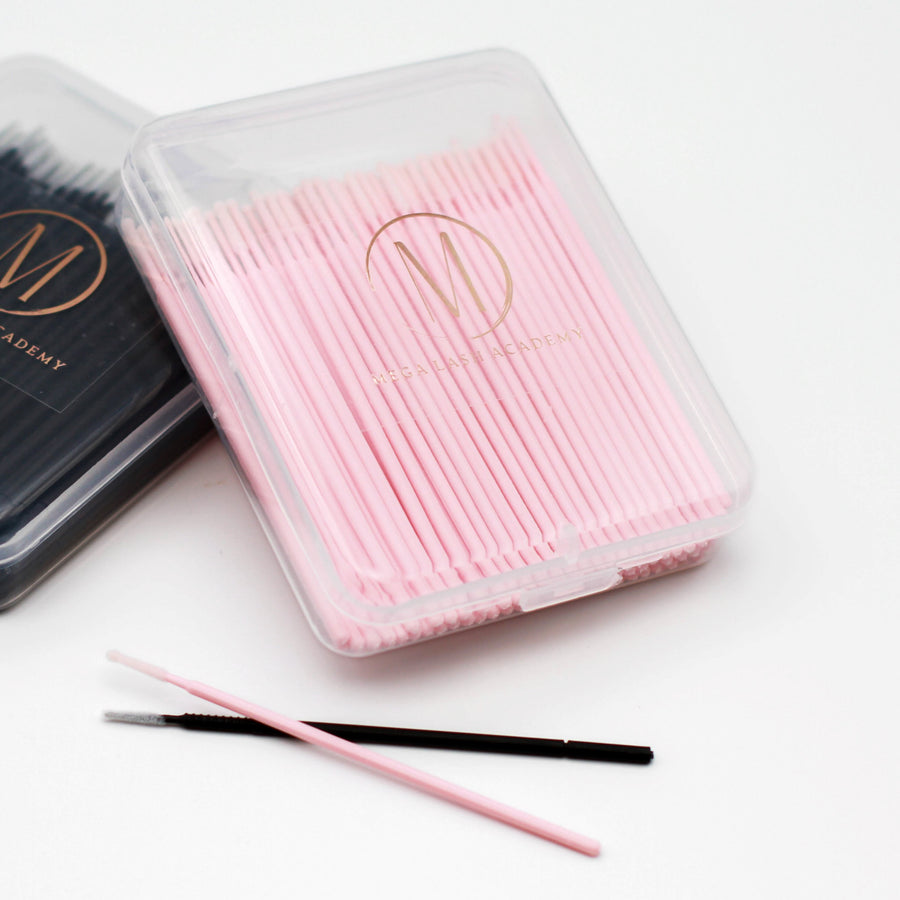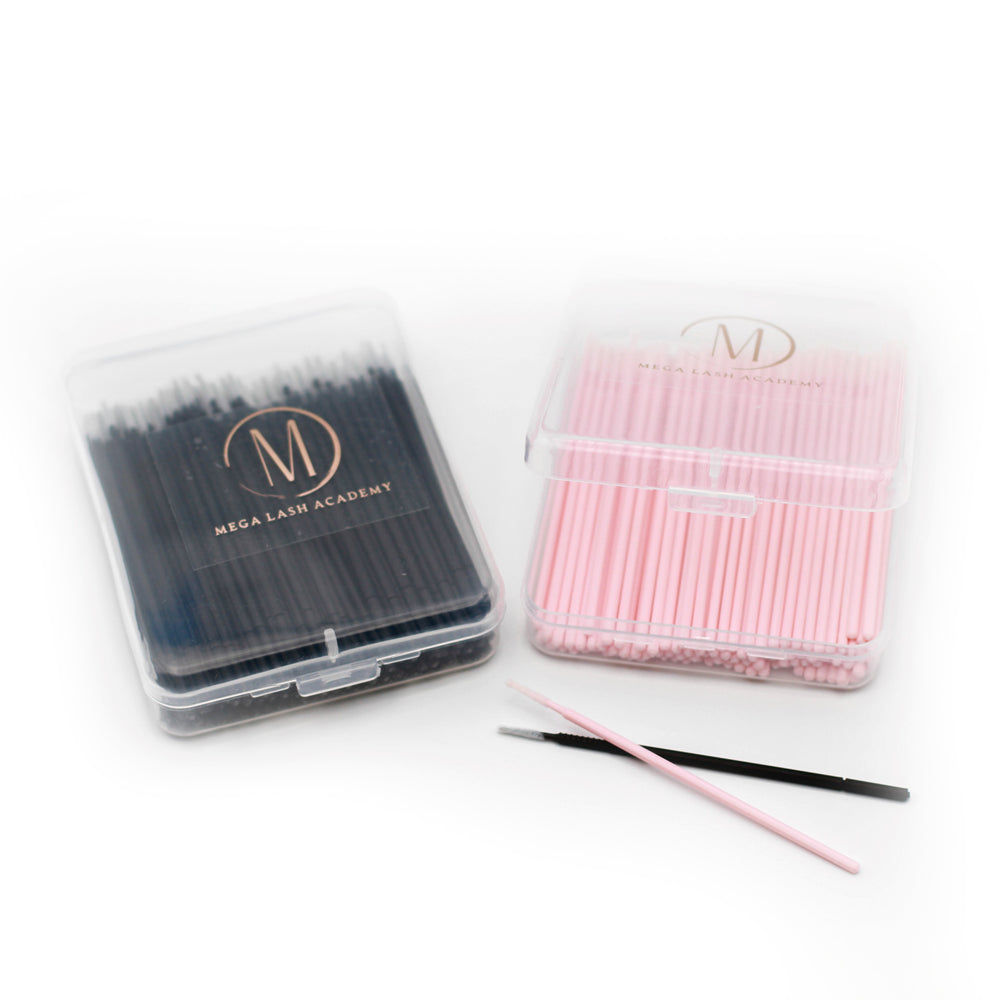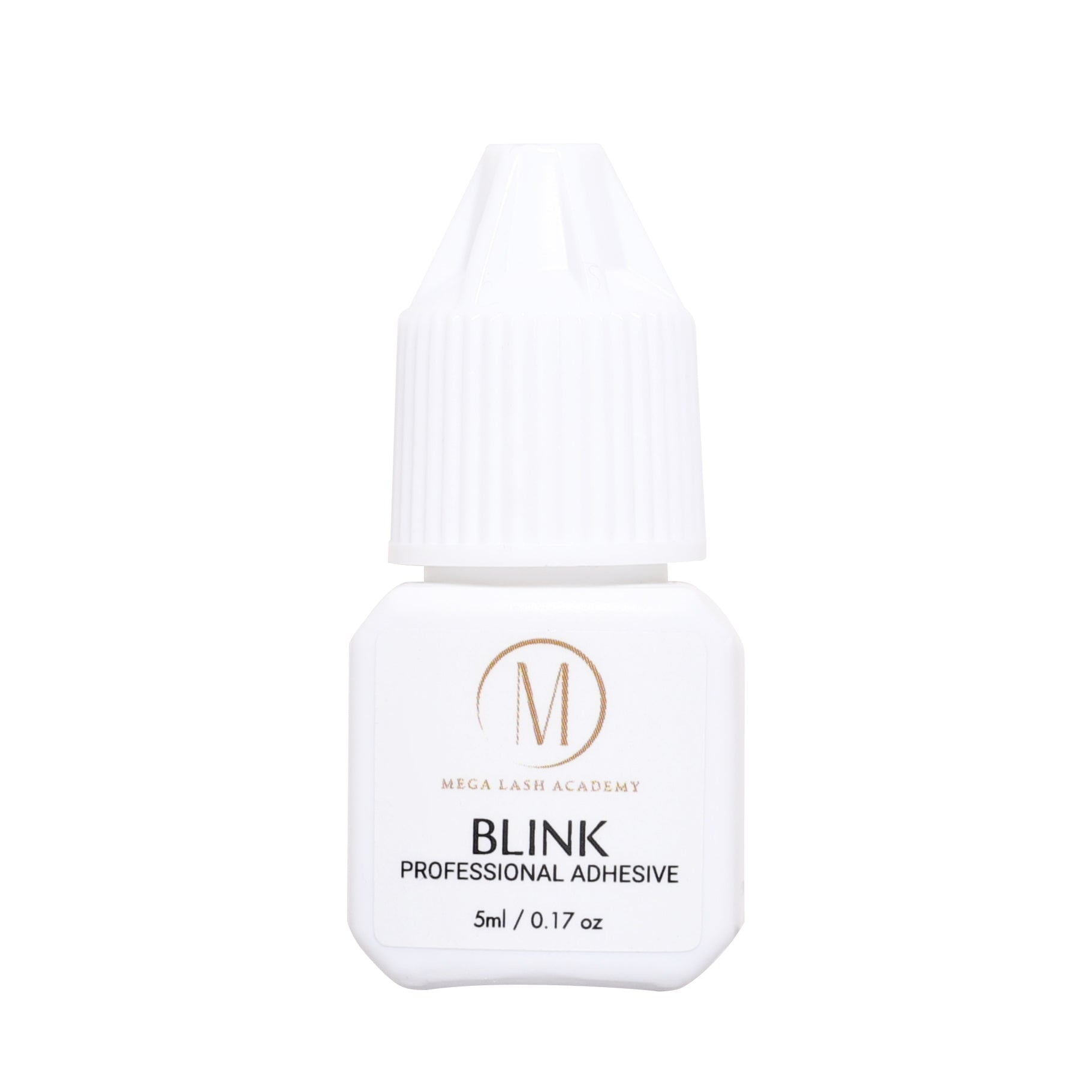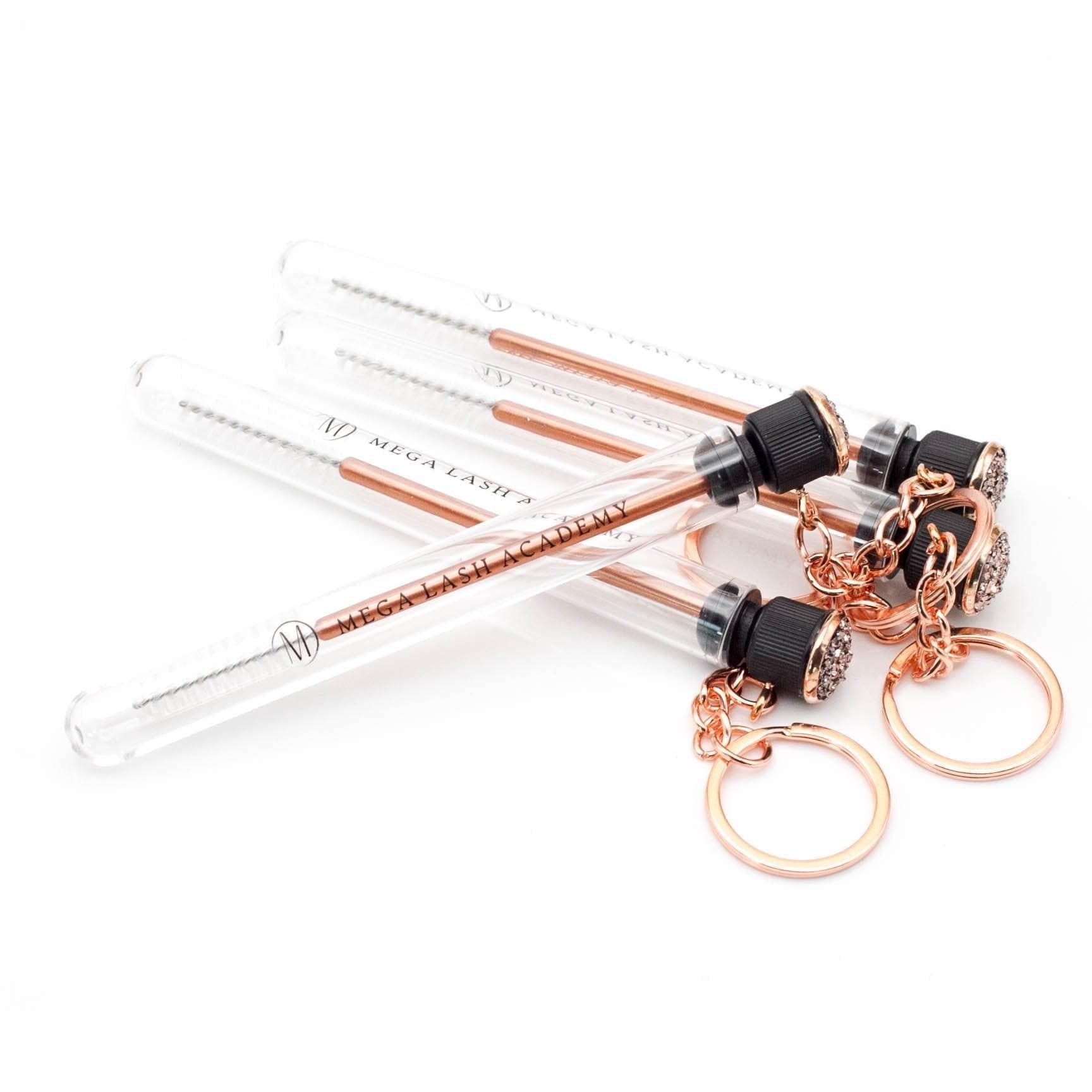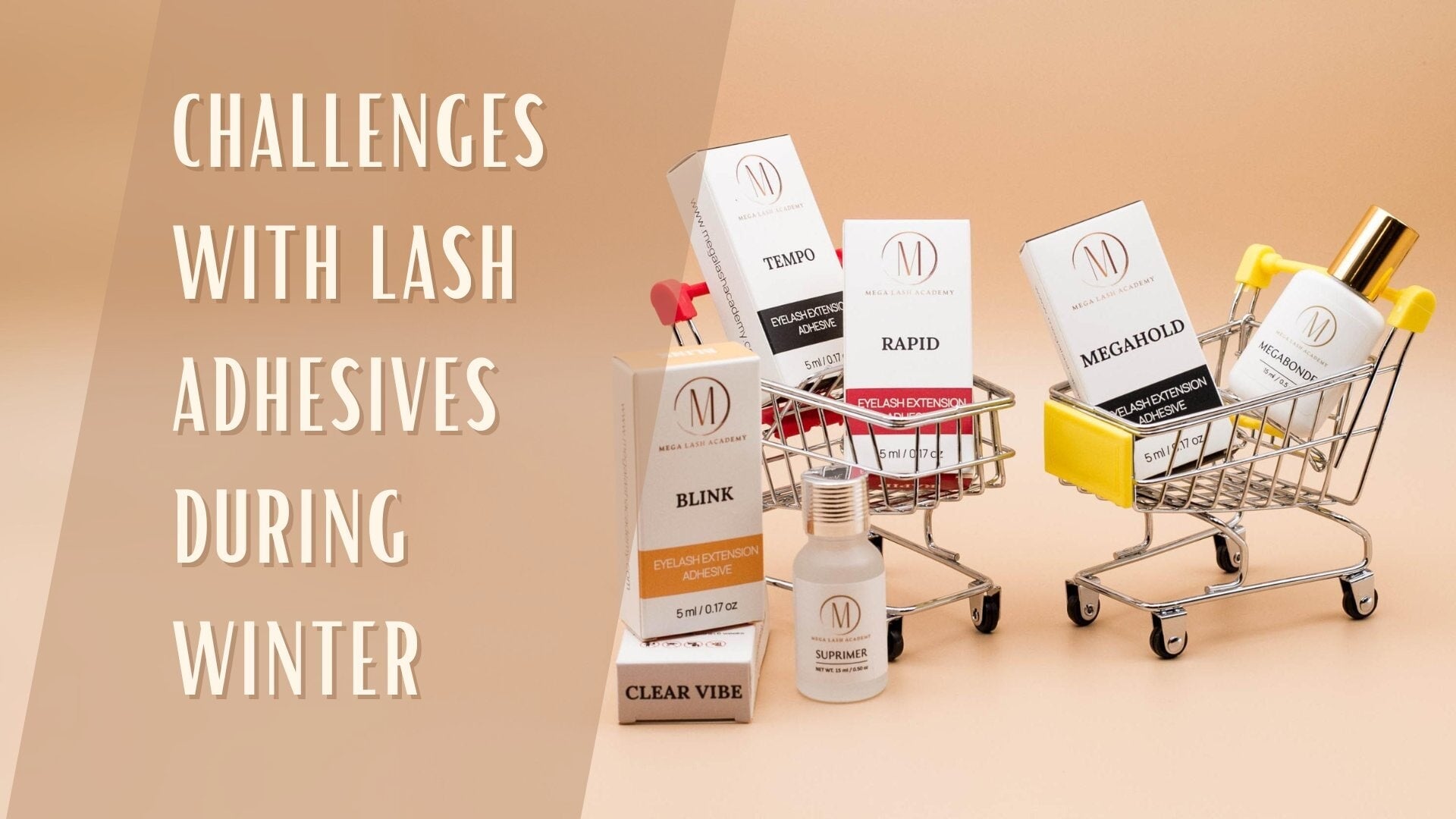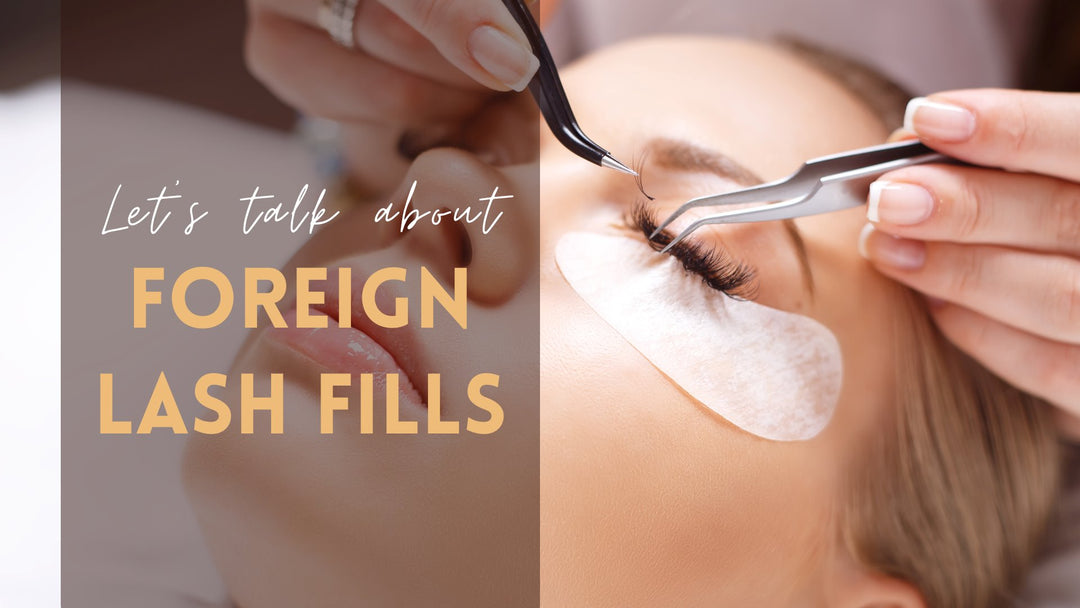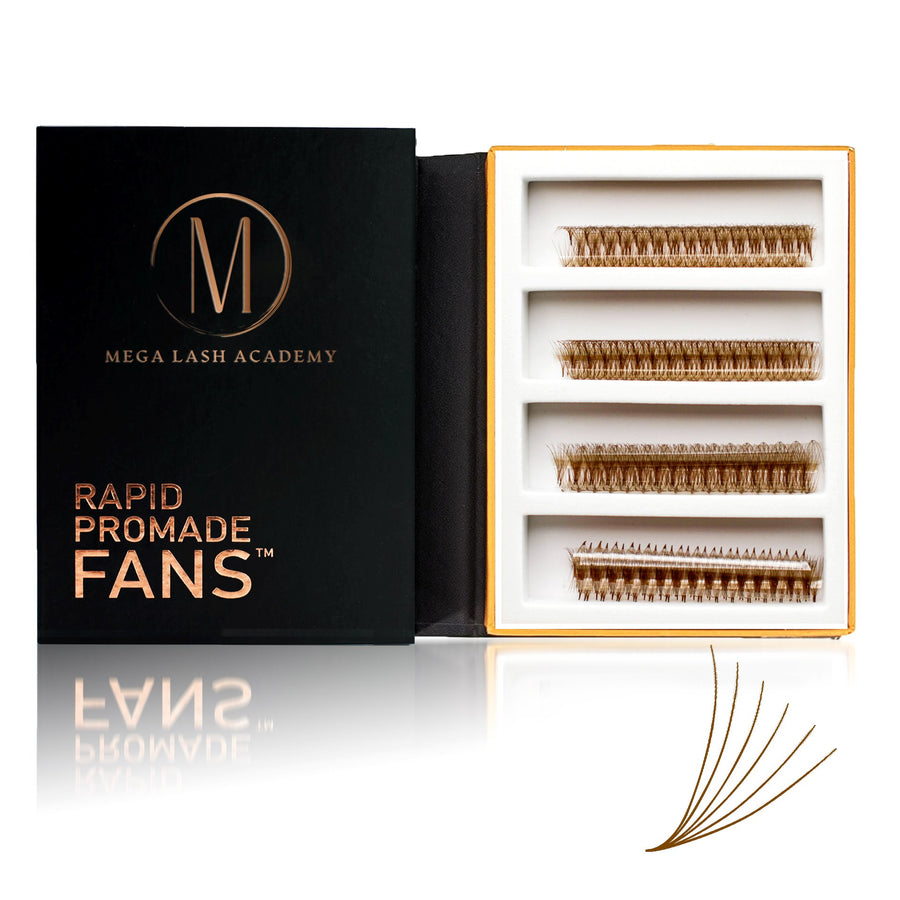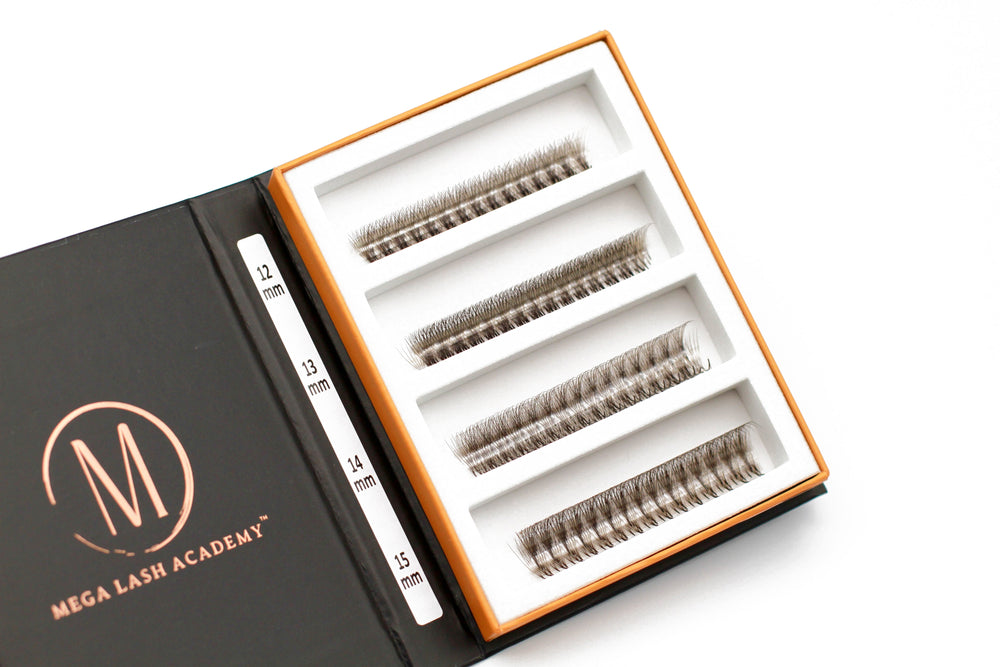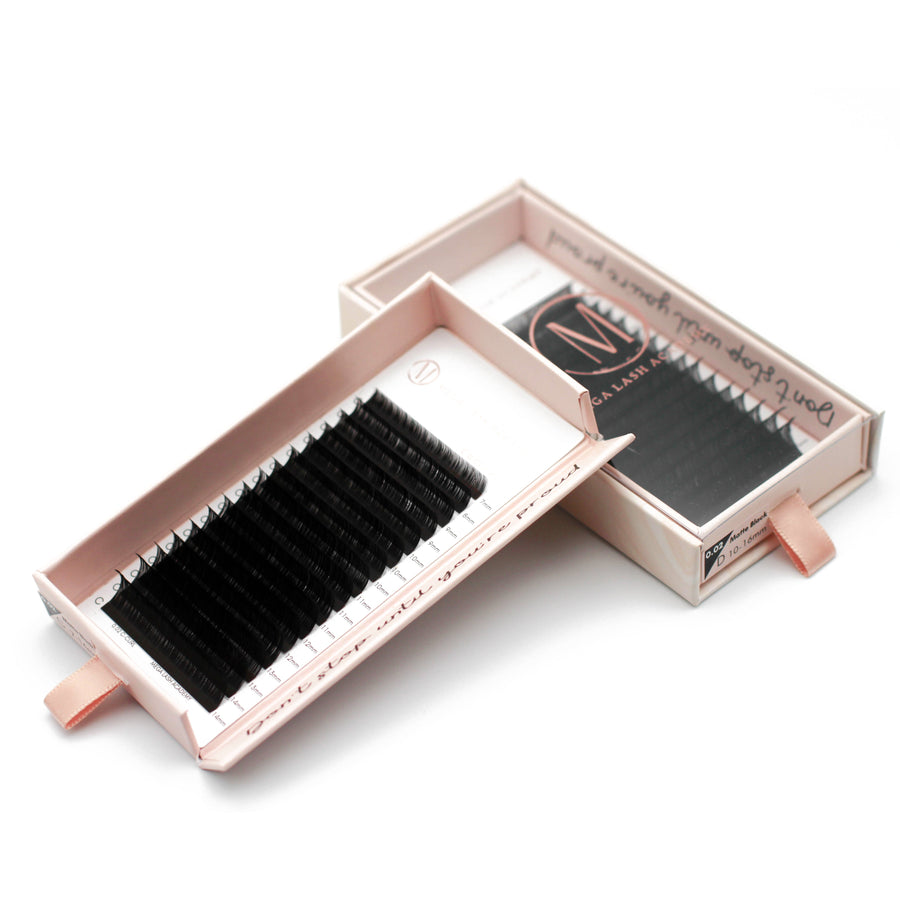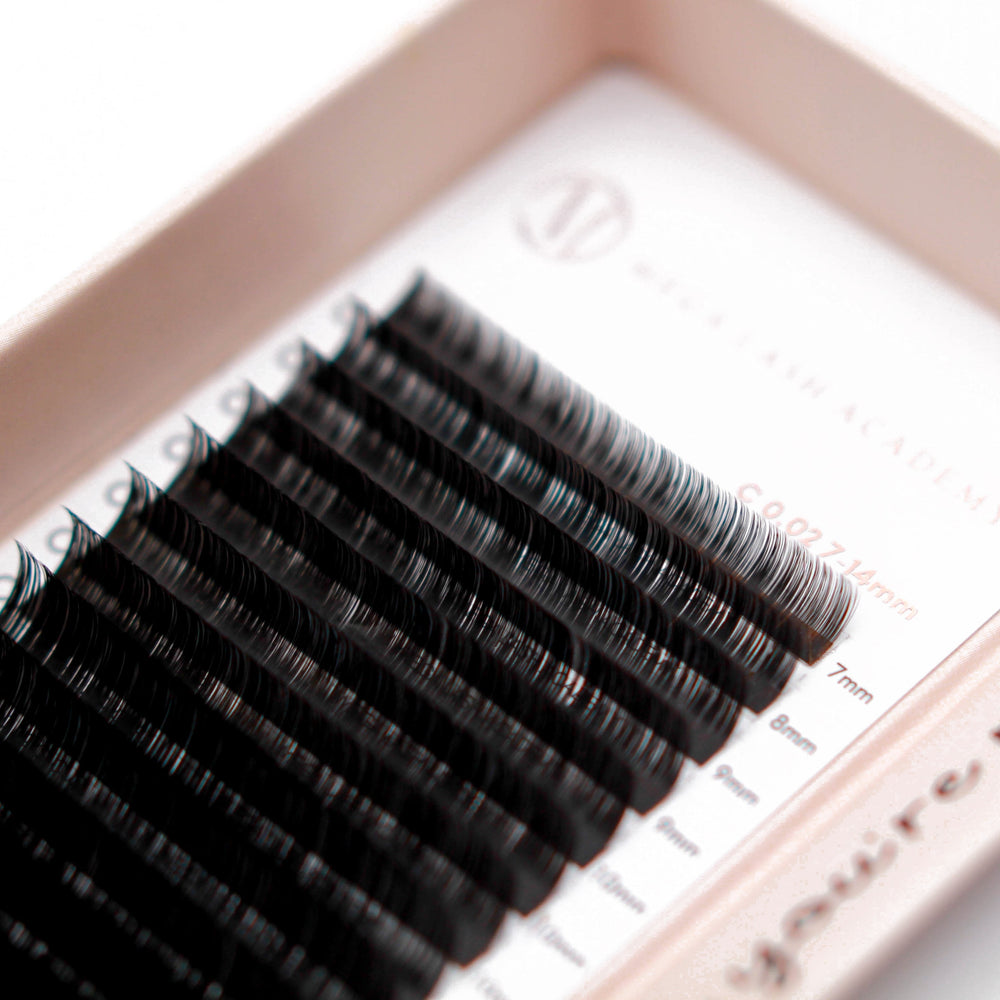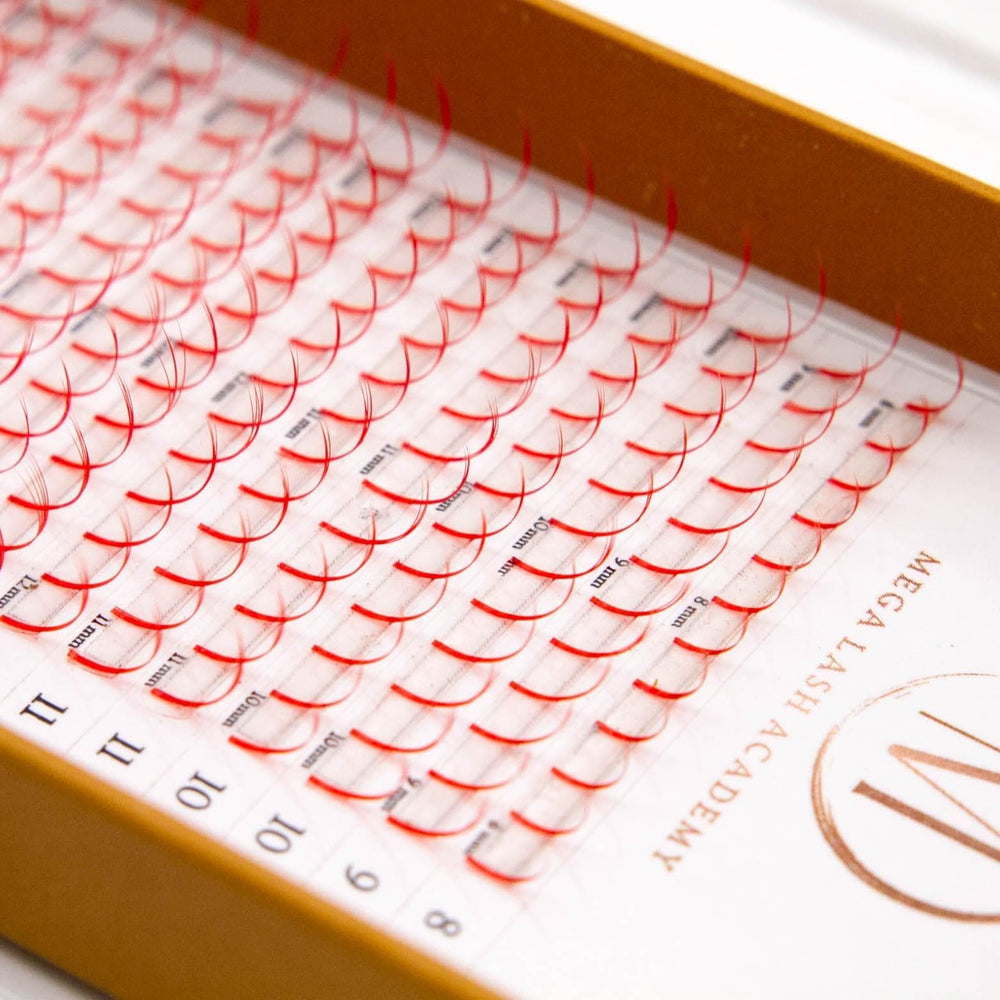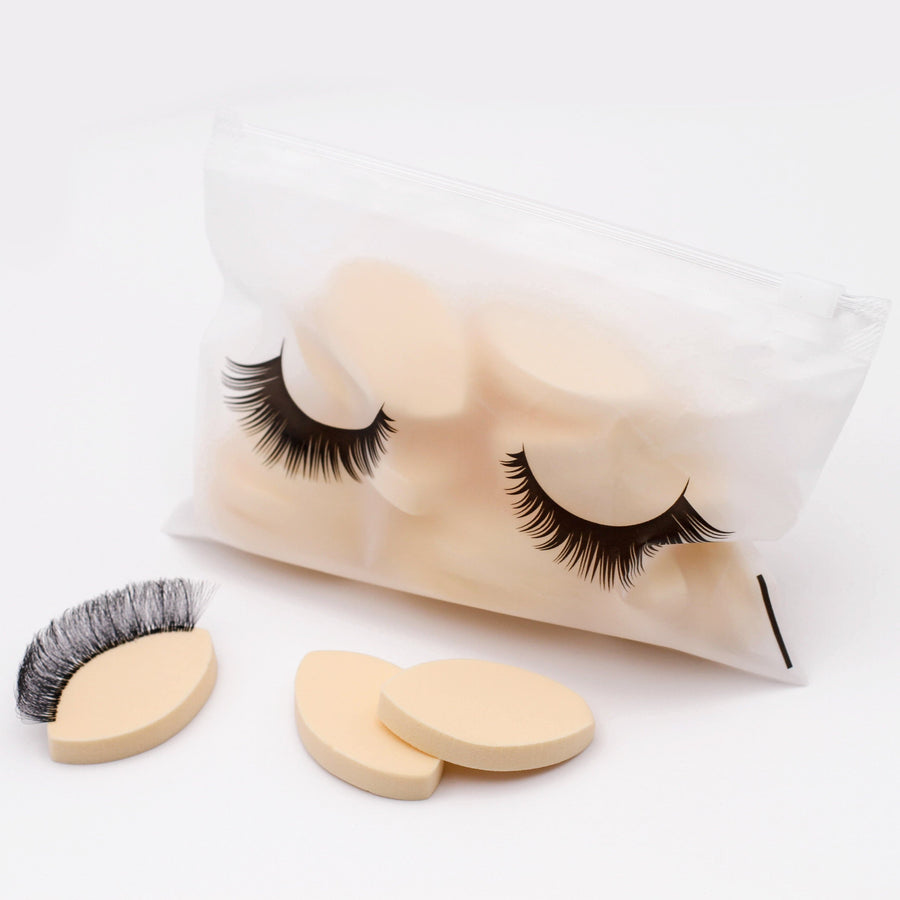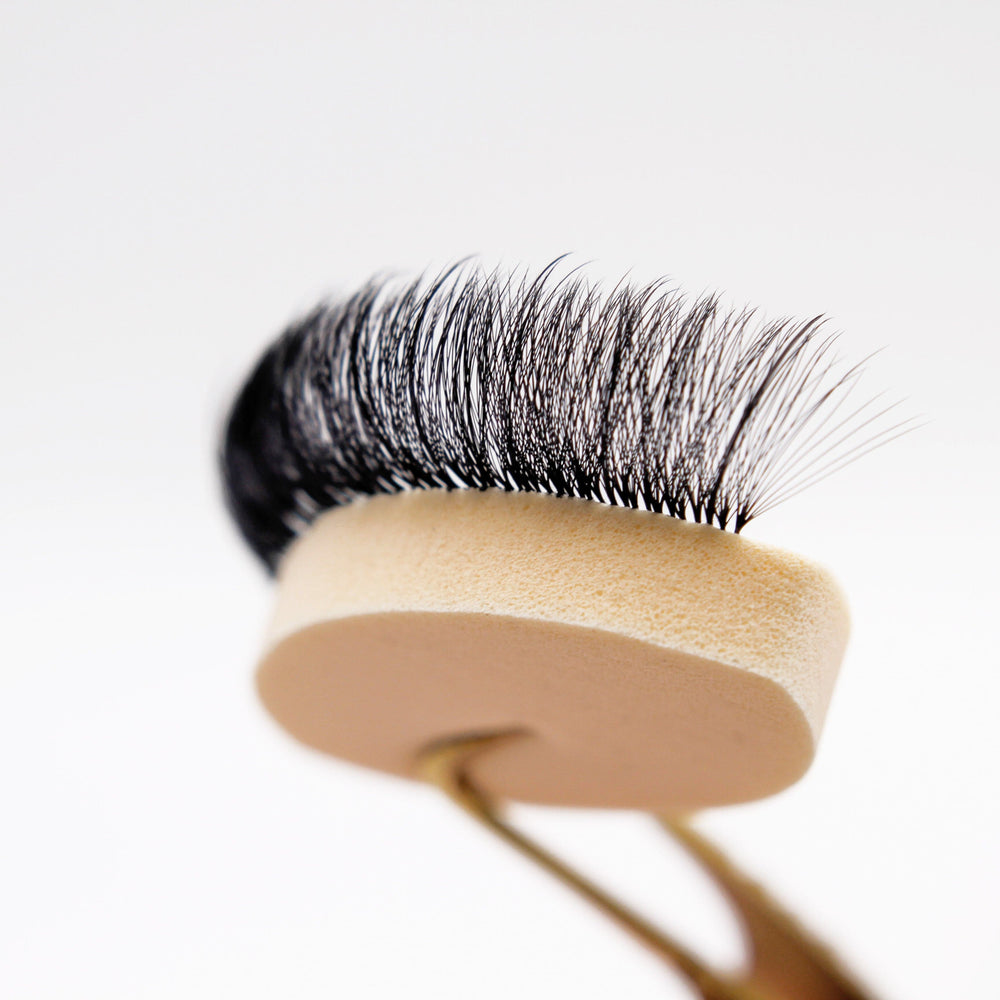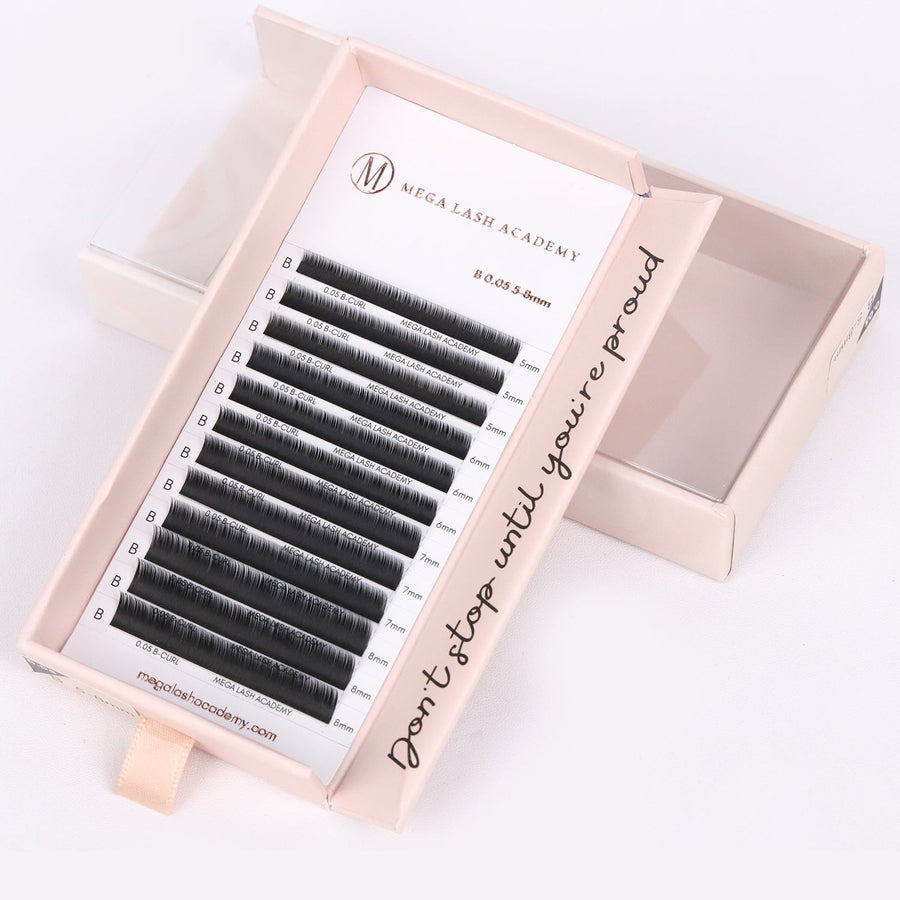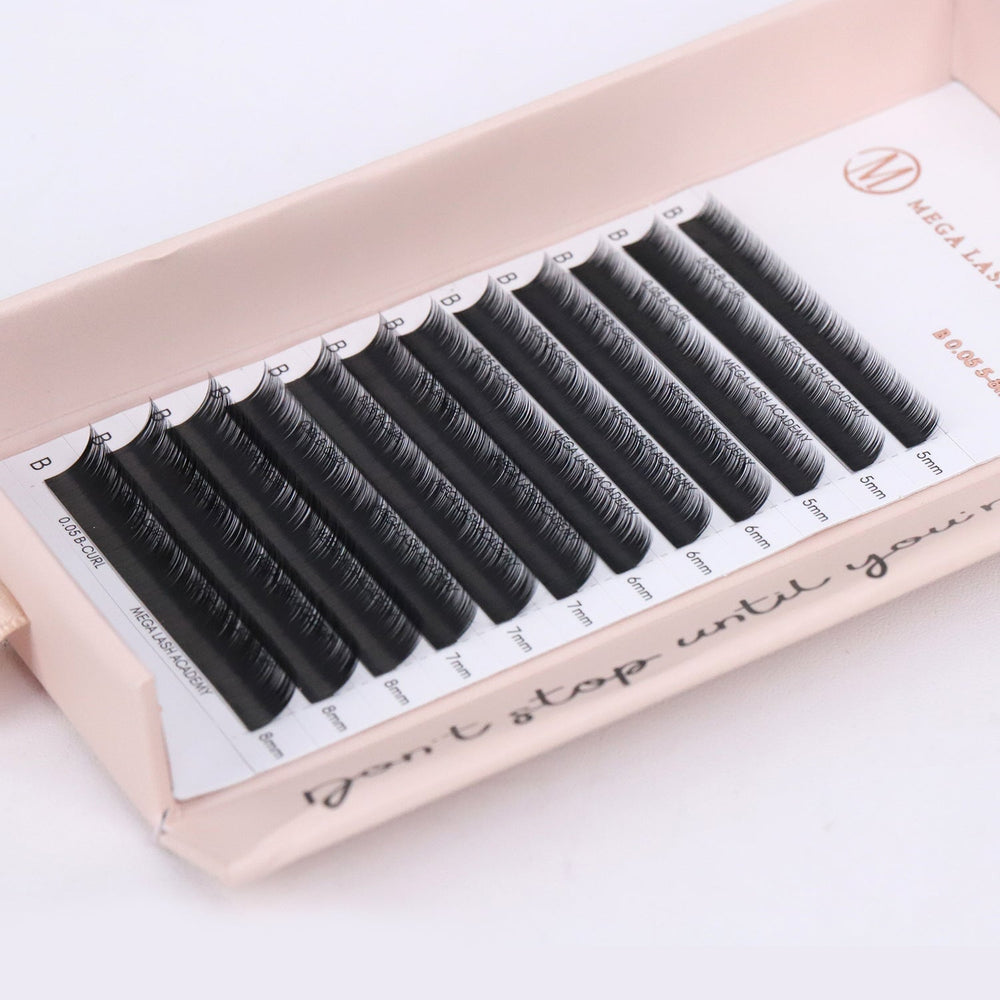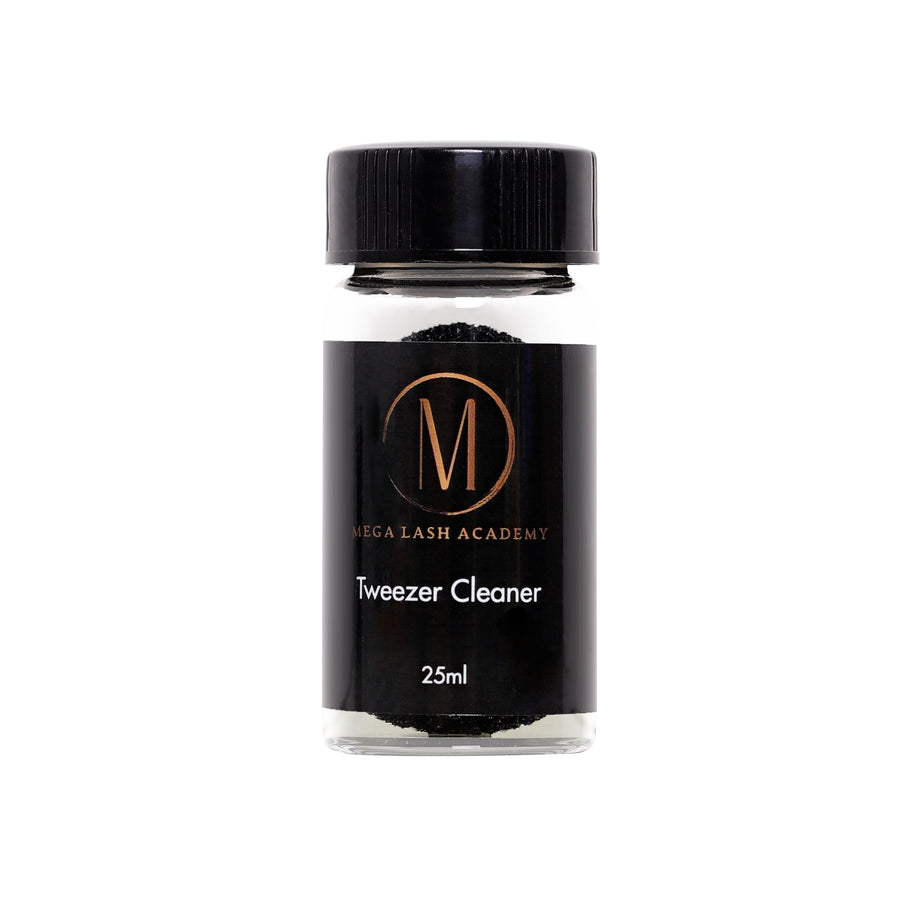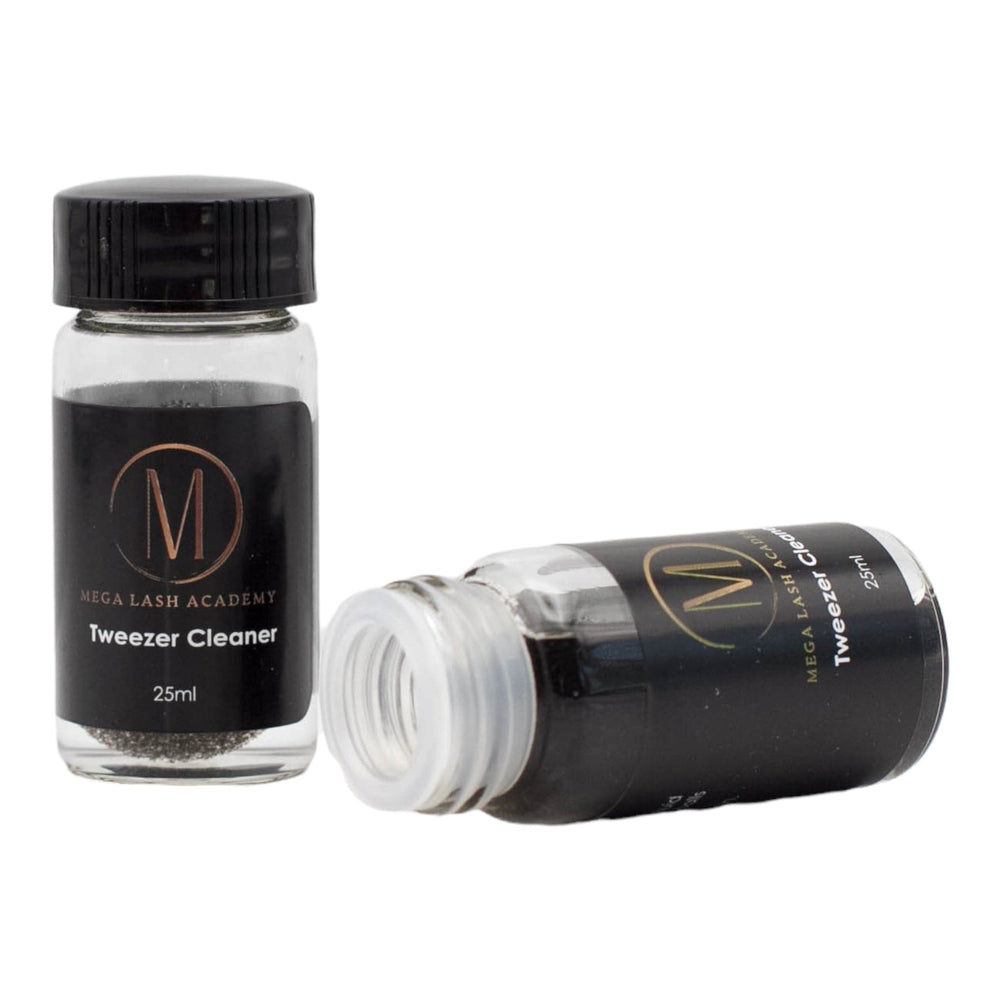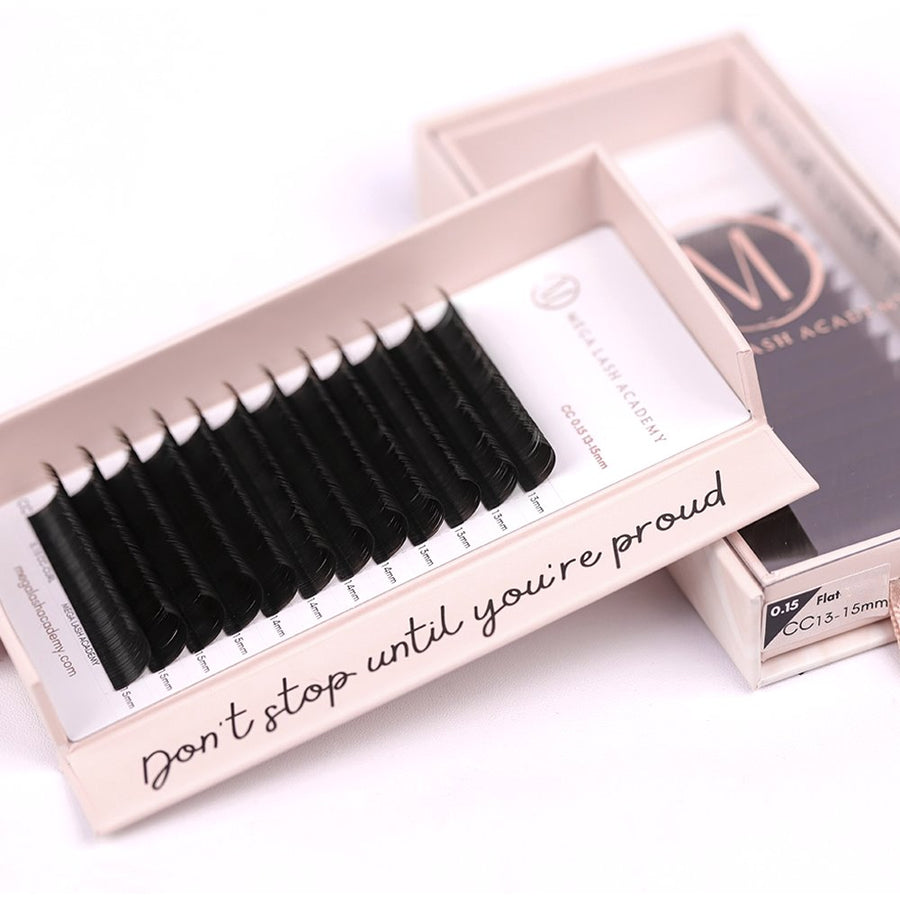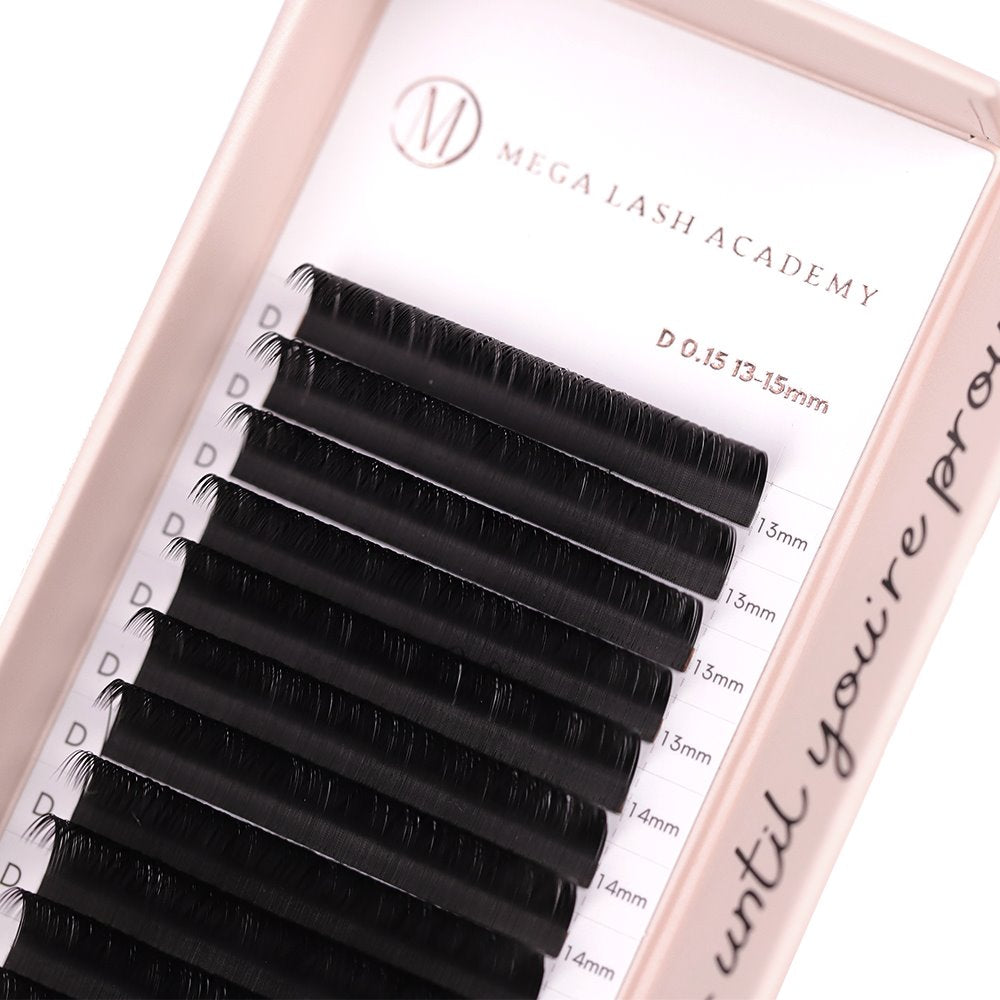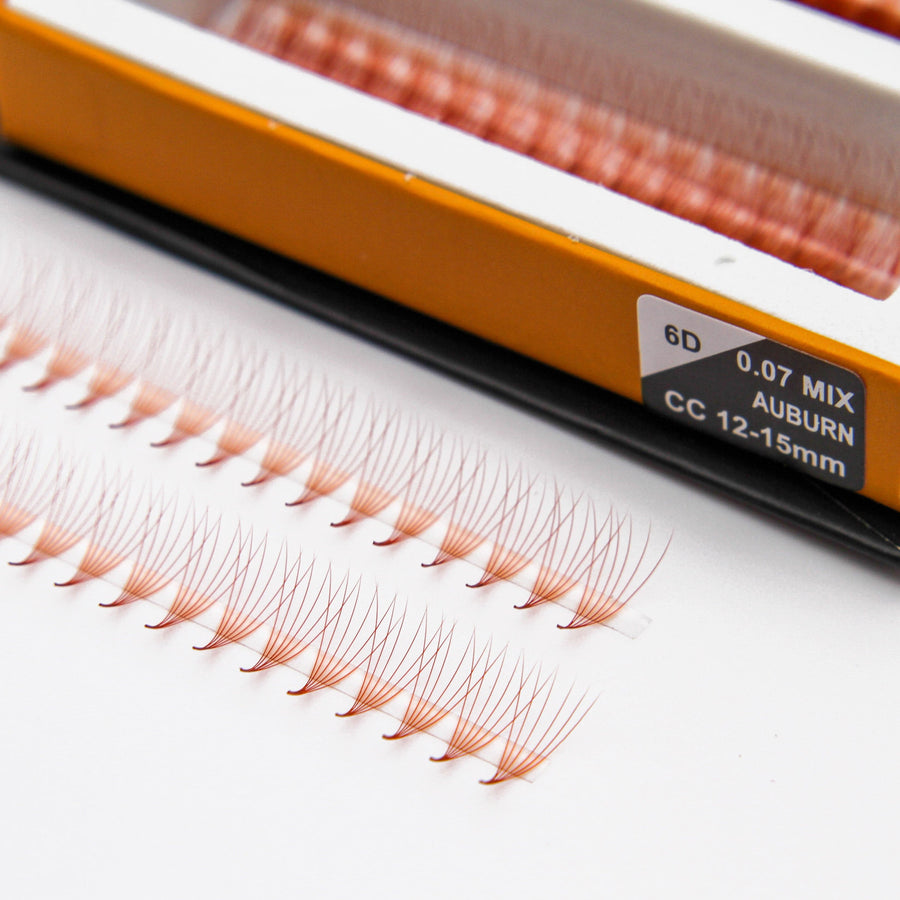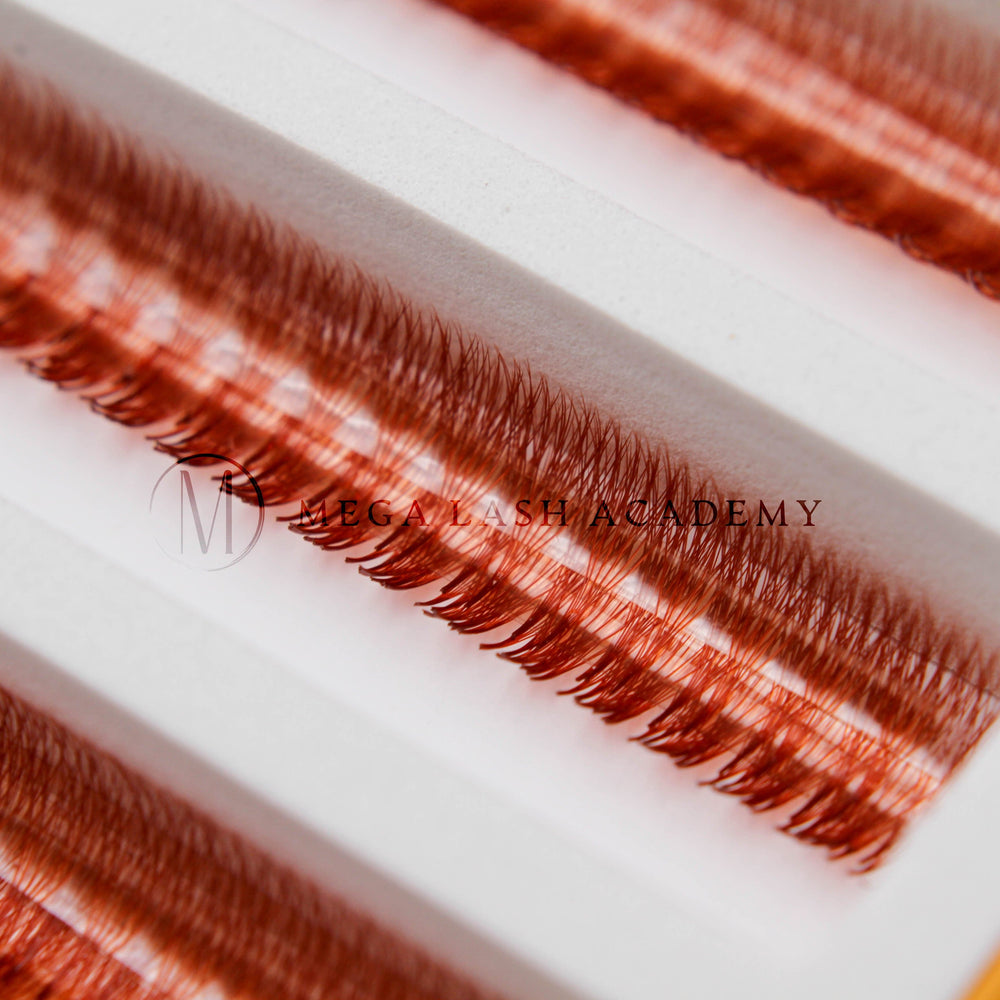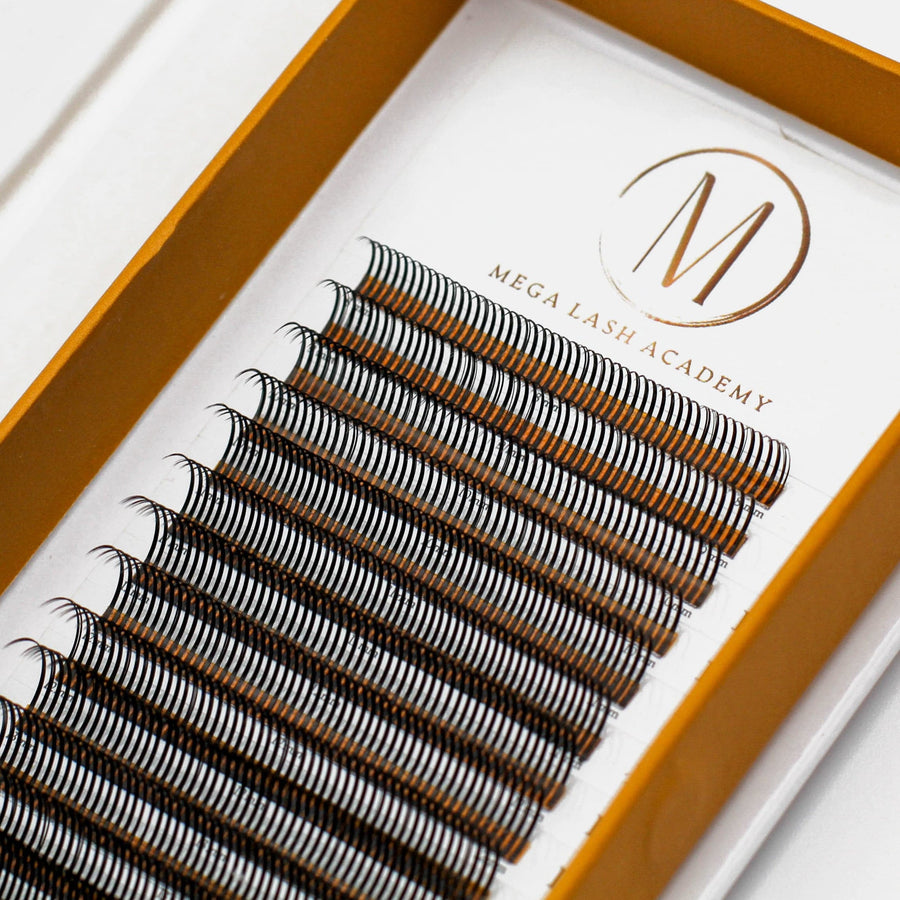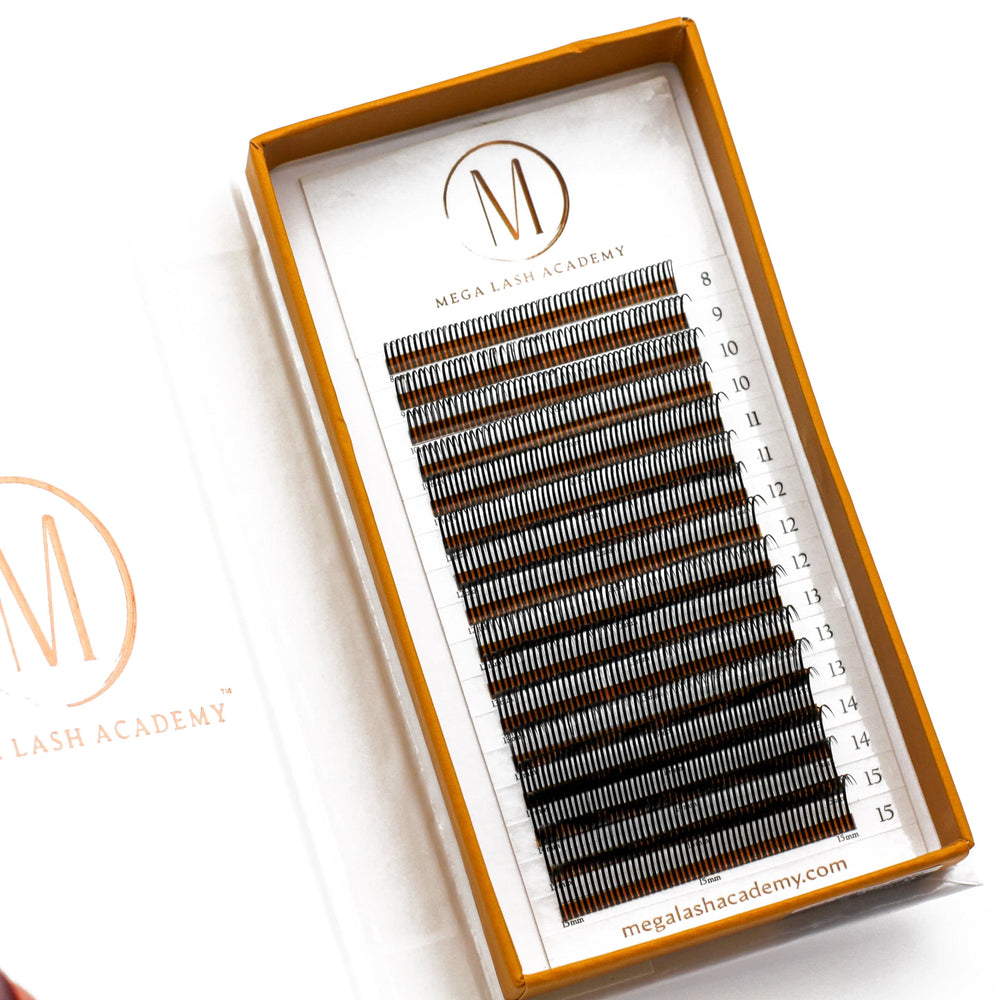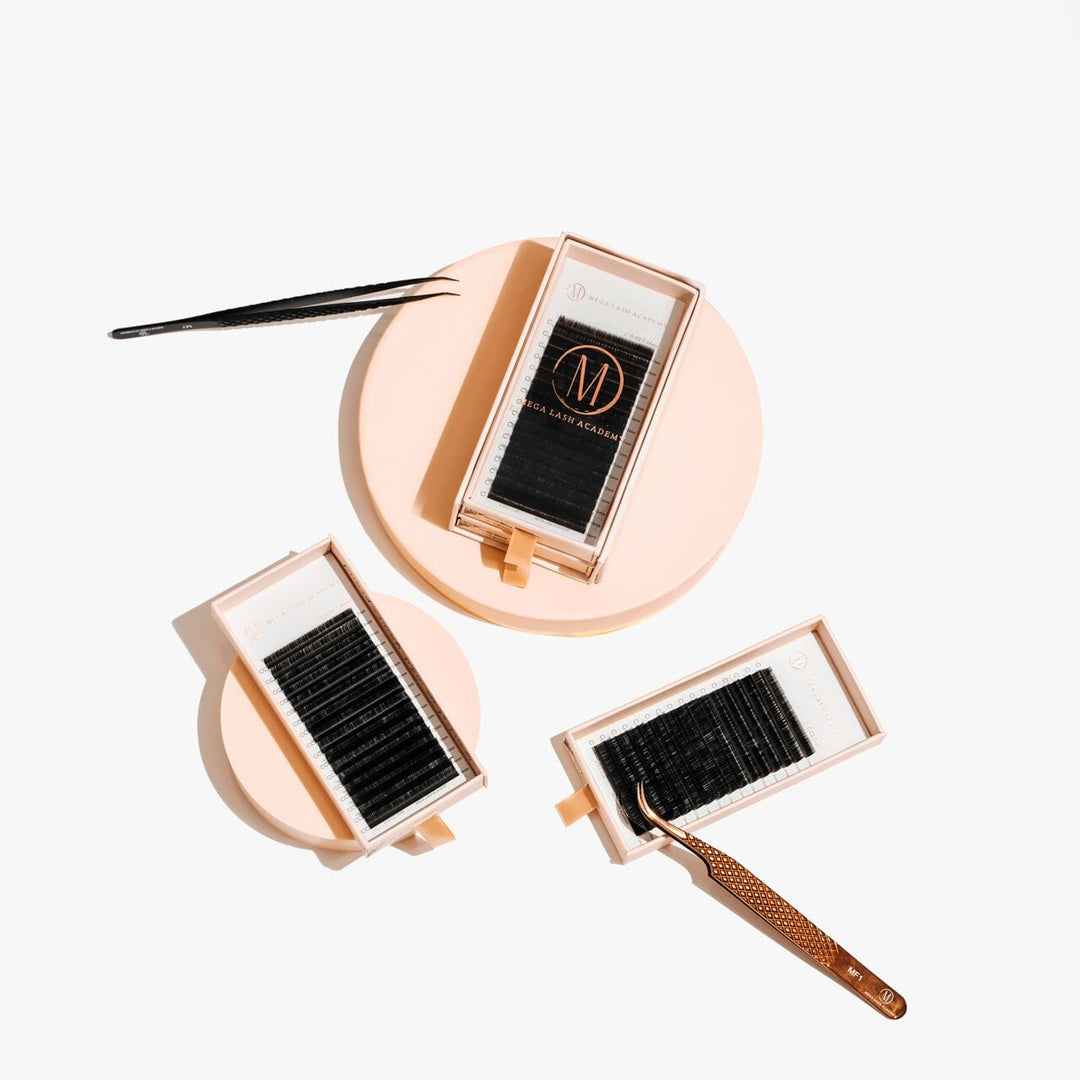How to Overcome Challenges with Lash Glue During Winter
As the winter chill sets in, lash artists often find themselves facing unexpected challenges with lash glue. While we are usually prepared for issues during the summer, the colder months can catch us off guard. In this post, we'll delve into the impact of winter on lash glue and share effective solutions to maintain impeccable eyelash extension retention.
Changes to Your Clients' Skin
The winter season brings about changes in our clients' skin, potentially affecting lash glue performance. Dry skin is a common winter woe, leading to slower glue drying times and increased fumes. To counter this, consider using Megabonder 2 in 1 as a glue accelerator to expedite drying. If problems persist, opting for a faster glue, such as Blink, can be a game-changer. Additionally, address oily skin by thoroughly pre-treating with products like Suprimer.
Changes to the Temperature
We're well aware of how temperature affects lash glue during application, but have you considered its well-being when it's at rest overnight? In the winter, temperatures can plummet rapidly during the night. While we may keep our homes warm, the same may not be true for our workspaces.
Although our home temperature may not dip low enough to freeze the glue, it can reach temperatures akin to a fridge, presenting potential issues. Imagine the morning panic when you find your glue thicker than usual – gloopy glue is a disaster waiting to happen!
Give it an hour or so to reach room temperature, especially if stored in an airtight container. You might discover that the glue returns to its normal consistency once it warms up to your usual room temperature.
However, a word of caution: refraining from storing an open eyelash extensions glue in the fridge is crucial, and here's why – condensation. Anyone who has taken something out of a fridge knows about those tiny water droplets on the container. If condensation finds its way into the glue bottle, it starts curing the glue. The result? Stringy consistency at best, and in some cases, the glue might be completely cured inside the bottle – rendering it utterly unusable!
How Humidity Affects Lash Glue
Optimal humidity levels are vital for ensuring the effectiveness of your glue and, consequently, the retention of your client's lashes. In the winter, two distinct changes in humidity can occur, demanding our proactive attention.
The more apparent shift is the rise in humidity during colder weather, often accompanied by increased chances of rain or snow. This environmental change not only affects the glue within your workspace but also raises questions about its impact once the client leaves. While it may seem a bit dramatic to suggest that outdoor humidity directly affects glue bonds, it becomes a recurring theme during this season. Many lash technicians receive messages expressing frustration despite optimal pretreatment, consistent room conditions, and fresh glue – clients still experiencing lash loss the next day.
The underlying issue lies in the fact that glue is sensitive to extremes, both before and after application. Therefore, ensuring proper curing before the client departs is essential. A recommended practice is to use a drop of Megabonder 2 in 1 on a microfiber brush, removing excess and applying it to the glue bonds post-set to achieve instant curing. This method maintains elasticity, preventing the bonds from becoming brittle.
An often overlooked aspect during winter is the potential for indoor environments to become excessively dry. As we tend to rely on heating systems to combat the cold, it's crucial to recognize the drying effect this can have.
While it may not be as critical as adhesive drying too quickly, it's crucial to exercise caution to avoid adverse effects on the glue. Similar to how dry skin lacks moisture, the dryness induced by heating can impact the performance of the adhesive. Being mindful of these factors is essential in maintaining optimal conditions for lash glue, ensuring that your clients' lashes remain securely in place.
Mastering the nuances of winter conditions is essential for lash artists looking to provide flawless eyelash extensions. By understanding the impact of changes in skin, temperature, and humidity, and implementing the right solutions, you can ensure your lash glue remains in top-notch condition, delivering long-lasting and stunning results for your clients.




